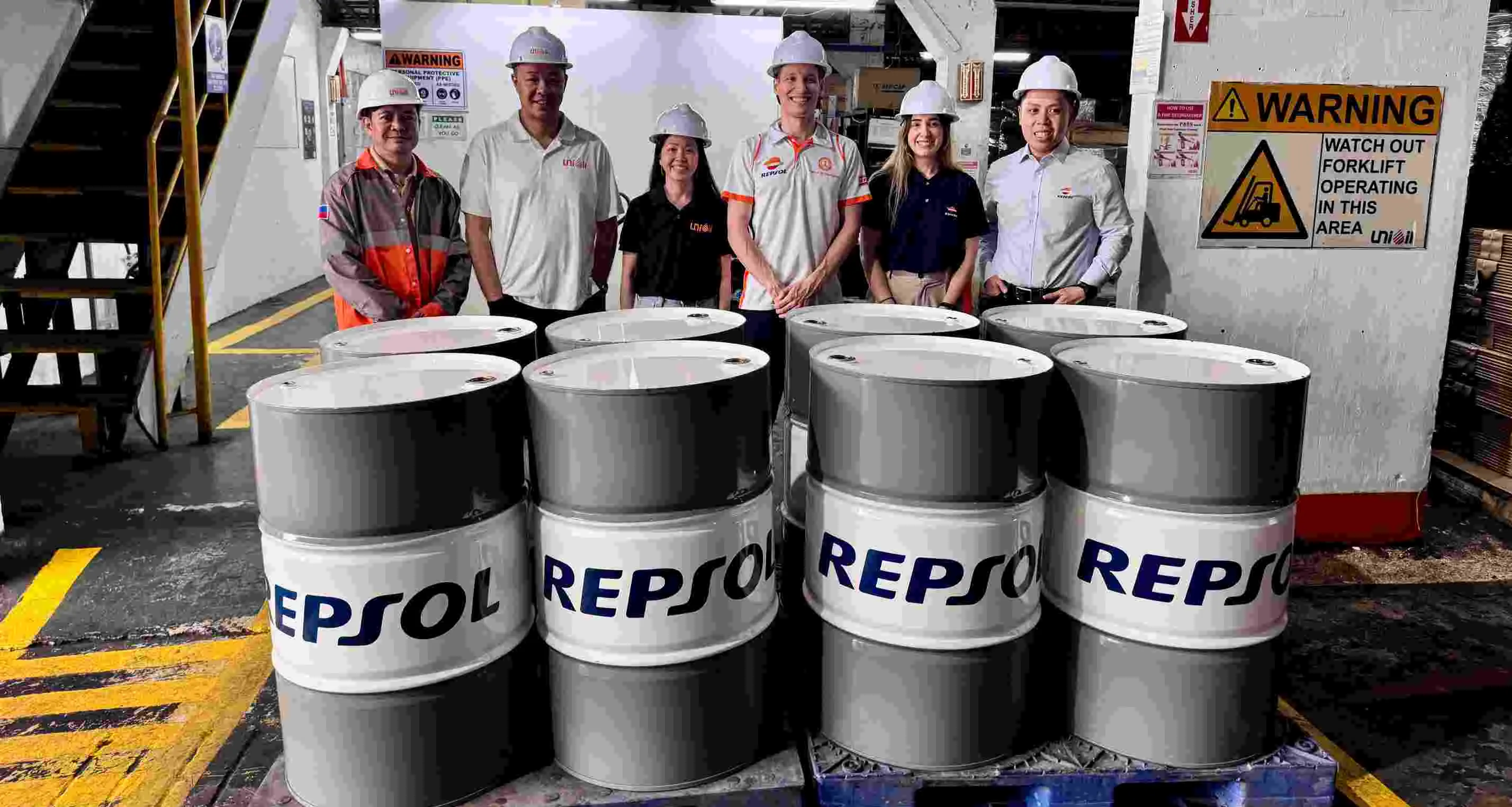Find out what SAE means and the differences between monograde and multigrade oils

As we have already said on several occasions, the mission of lubricants is to create a protective layer on the moving parts subject to friction. In this way, wear is avoided and the useful life of a vehicle or machine is prolonged, contributing to greater efficiency and lower use of energy. In the case of vehicles, there are concepts that are important to manage when it comes to having a more technical perspective on lubricating oils, such as the difference between monograde and multigrade and the SAE standard.
The first letters that you must know are SAE, the initials of the Society of Automotive Engineers. This society establishes a classification system based solely on oil viscosity. In the case of engine lubricants, it is called SAE J 300. This classification system normalizes in a table different parameters of a lubricant such as pumping, cold starting, and viscosity at 100ºC, so that vehicle manufacturers, lubricant manufacturers, and users know the characteristics of the most suitable lubricant. Taking this as the base, there are monograde and multigrade oils.
Monograde oils are those suitable for specific temperatures. The oil viscosity is affected by the temperature: at a greater temperature, its viscosity reduces. This meant that, when these lubricants were used in vehicles, it was advisable to change the oil in the most extreme temperature seasons (winter and summer). In summer, the oil must be more viscous to maintain the correct viscosity level. In contrast, in winter you need a less viscous oil to make cold starts easier.
In this type of oils, the letter W, accompanied by a number, follows the SAE. For example, SAE 10W. This W refers to winter, and the number indicates the viscosity of the oil at low temperatures. An oil with a low SAE W number will flow better, giving easier cold starting, and reduce engine wear.
If instead of a W you see numbers between 8 and 60, this refers to the oil’s viscosity at hotter temperatures, for example, SAE 40. The higher the SAE grade, the greater the viscosity, which translates into a thicker lubricating film and, in theory, better protection for the contact between the moving mechanical parts. However, high viscosity when hot does not mean that the vehicle is better lubricated, since excessive viscosity causes more internal friction and poorer engine performance.
On the other hand, multigrade oils are an evolution of monograde oils and are suitable for a wide range of temperatures. On this type of lubricant, there are two numbers separated by a hyphen, for example, SAE 15W-40. The viscosity grade when cold is determined by the number that precedes the W and the grade when hot is shown with no additional letter. These oils do not need to be changed according to the seasons, since they are not affected by temperature in the same way as monograde oils.
As a general rule, and as we remind you in all our content, you need to follow the instructions given by the engine manufacturer, which determine the most appropriate viscosity grade. The choice depends on the engine design, weather conditions, and what the vehicle is used for.
Related contents



